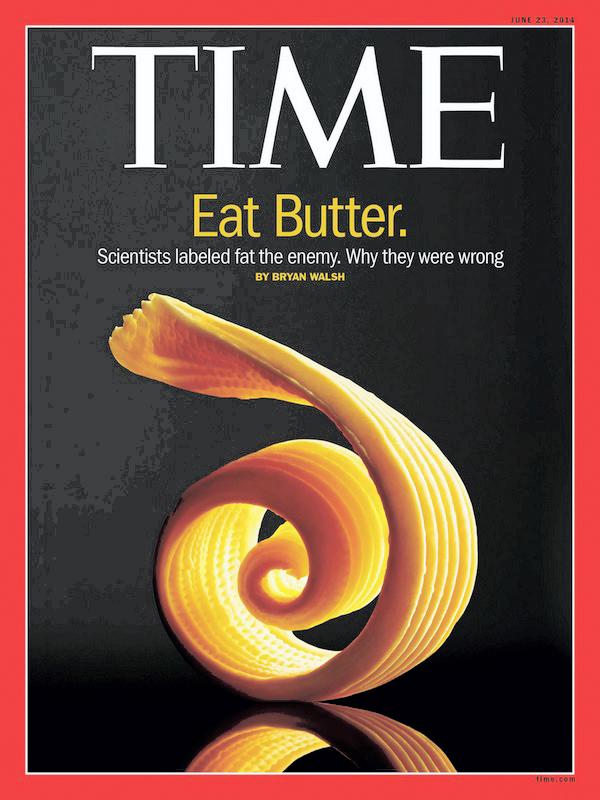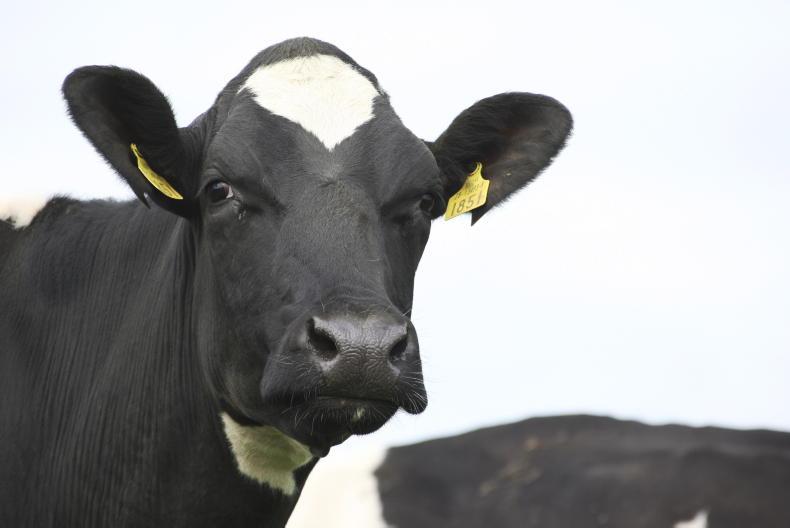The revival in the fortunes of butter continues, with the product featuring on the front cover of the latest edition of the influential TIME magazine.
For years butter had its name vilified by vested interests and ill-informed commentators. Much of the commentary was based on dubious scientific advice that has since been discredited.
Kerrygold butter, which has a global reputation for excellent taste, is poised to be a major beneficiary of the great product’s revival.
The Irish Dairy Board (IDB) has plans to double sales of Kerrygold butter from around 20,000t to 40,000t by 2020. Speaking at their recent annual results, IDB chairman Aaron Forde admitted that the company cannot currently meet demand for branded Kerrygold butter. In April, the IDB, which markets dairy products on behalf of Irish farmers, announced plans to build a centralised butter packing facility in Mitchelstown, Co Cork.
Click here to read about the IDB's new butter plant
Kerrygold butter remains the number one butter in the German market, with an 18% market share and sales approaching €300m per year. It is also the number one imported butter in the United States, with the best distribution network across the retail trade. As American herds become more and more concentrated in industrial scale confinement units of 5,000 and more cows, the family farm and grass fed origins of Irish dairy products are an increasingly strong selling point.
The American Butter Institute reports that per capita consumption of butter in the US is at a 40-year high of 5.6lb per person.
In Britain, spreadable butter sales grew 4% in the year to November 2013. In addition to demand for spreading and table uses, butter sales have been boosted by a revival of interest in home baking. This has been driven by the success of television programmes such as The Great British Bake Off as well as consumers looking to keep food costs down by cooking from scratch at home rather than paying for prepared products. Celebrity chefs are strong advocates of butter for its taste and functionality.
Interestingly Germany’s 82m people have per capita butter consumption of 6.4kg compared to just 2.6kg here in Ireland. Margarine sales in Germany have collapsed by 40,000t in the past two years as consumers digest the emerging information on the harmful effects of trans-fats. In Britain, sales of so called yellow spreads were down by 7% in the year to November 2013.
One of the reasons behind increased butter sales is a realisation by consumers that the negative publicity around butter was grossly overdone. Margarine, which companies such as Unilver promoted heavily, has been shown to contain ingredients far more damaging to health than a dollap of butter. Trans fat, a key ingredient in margarine, is now in the process of being removed from food products on health grounds.
In Ireland, the shelves are packed with yellow fat spreads that abuse the word butter on their label despite having an average milk fat content of 0.1%. A minimum dairy fat content of 80% is required in order for a product to use the term butter. The Food Safety Authority wrote to retailers in 2013 to advise them of the need to comply with regulations.
Read our analysis of spreads on the Irish market that pretend to be butter












SHARING OPTIONS